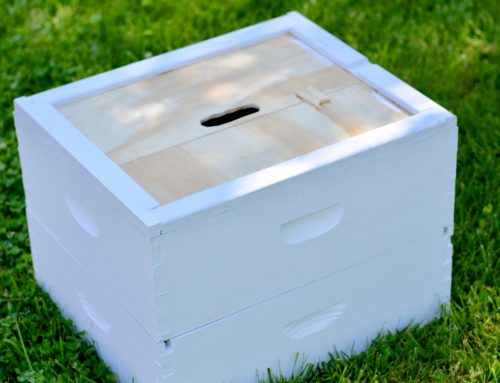It’s only four short days away! We’ve been religiously rotating, monitoring heat, and ensuring humidity. Soon we’ll learn whether the work and patience have paid off. Hatching day is almost here! We were gifted with 14 chicken eggs and 14 quail eggs for Christmas- quite an elaborate gift, I know! We’re raising these mail ordered chicks from eggs in an incubator. The first little quail popped out of it’s shell earlier today, and the chickens should begin hatching four days from now. Needless to say, it’s time to gather the baby chick supplies!
- Brooder box – There are numerous designs of brooder boxes depending on your scale and budget. A cardboard box is the most basic and economical option. If you’re looking for something that will last a bit longer, you may choose to build one from plywood and hardware cloth. The size of the brooder box needed is determined by the number of chicks you are raising. Allow approximately one square foot for every 2 chicks.
- Heat lamp with 125 watt red bulb – newly hatched chicks have difficulty regulating their own body heat. Since they need to live in an environment around 95 their first week of life, it’s vital to have a heat source. Hang the light in such a way so as to allow the chicks in it’s direct heat or away from it, depending on whether they feel hot or cold. If the chicks are too warm, they’ll all move away from the light. If they’re too cold, they’ll huddle together under the light.
- Chick waterer – Chicks need a water source available at all times. It’s essential to provide water in such a way that the chicks won’t accidently drown in it.
- Chick feeder– While a regular chicken feeder will suffice, you may find it beneficial to purchase a smaller chick feeder, as it will take up less space in the brooder box. Purchase a feeder that is designed to prevent the chicks from defecating in their feed. Be sure to provide enough space so all of the chicks can eat at once (if your feeder has slots, allow one slot per chick). If you have a lot of chicks, you may need to purchase multiple feeders.
- Chick feed – There are many options for chick feed: from the standard Purina chick feed to the organic medicated feed and everything in between. Even if you don’t intend to feed your chickens commercial feed long term, start your chicks out on feed to ensure that they receive the appropriate amounts of vitamins, minerals, and protein. Be sure to purchase chick feed because it has more protein than feed intended for adult chickens. If you provide proper care for your chicks and keep them warm & dry, medicated feed is generally not needed. If you’re raising a ravenous meat breed (i.e. Cornish Cross), you should also purchase vitamins.
- Bedding – When the chicks first hatch, use newspaper covered with a layer of paper towels for bedding. After a few days, trade out the newspaper and paper towels for wood shavings, straw, shredded paper, etc. This allows chicks to figure out what food is before introducing bedding so they don’t end up eating wood shavings.
- Perch/Roost – Place an elevated dowel rod or similar object in the brooder box when the chicks are about 4 days old. This allows the chicks to practice roosting and gives them something entertaining to do. (if you’re raising a ravenous meat breed, don’t use a perch as their heavy weight may cause them to get sores on their feet if they sit on roosts)
- Chick grit – Because chickens don’t have teeth, grit is an important component of their digestive system. Don’t feed to chicks until they are two weeks old though. Grit can be mixed in with the chick feed.
We’re excited to be raising chickens and sincerely hope you’ll join in on the adventure by trying your own hand at keeping chicks.
We used Barnyard in Your Backyard by Gail Damerow as well as our own experience to write this article.
This post may contain affiliate links, which means that at no additional cost to you we may make a small commission if you click on the link & make a purchase. Thank you for your support!





Leave A Comment